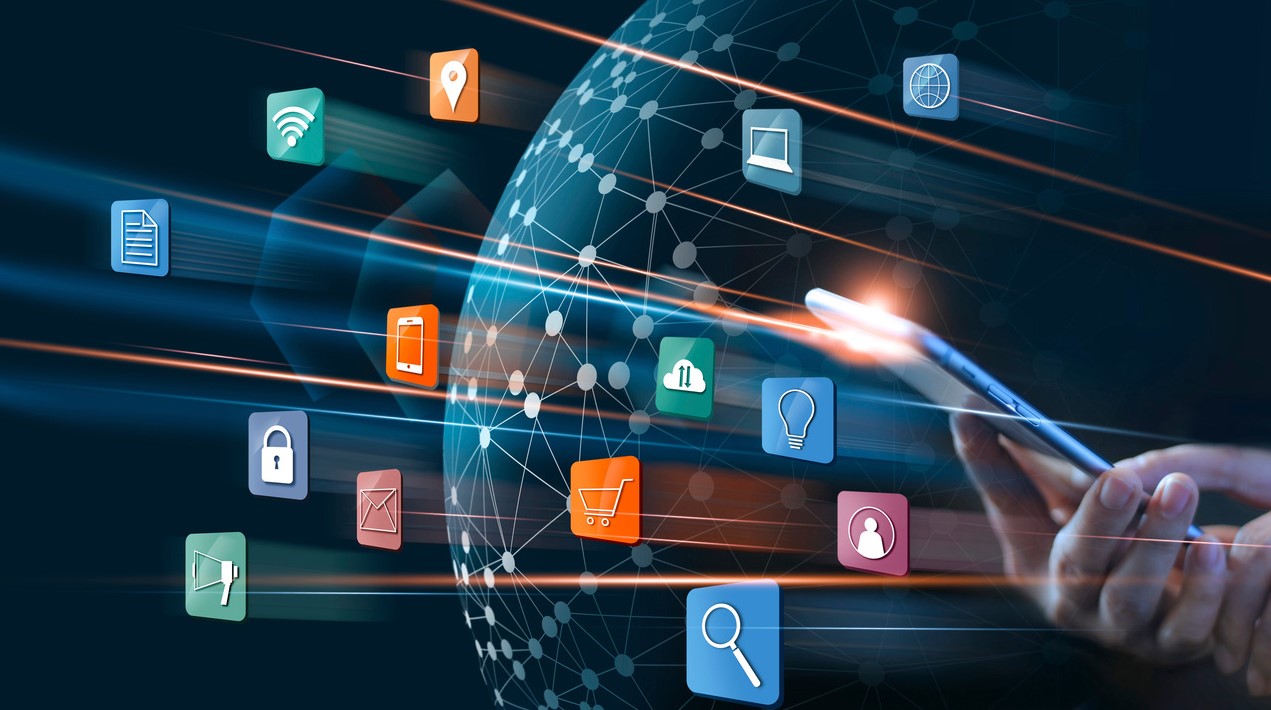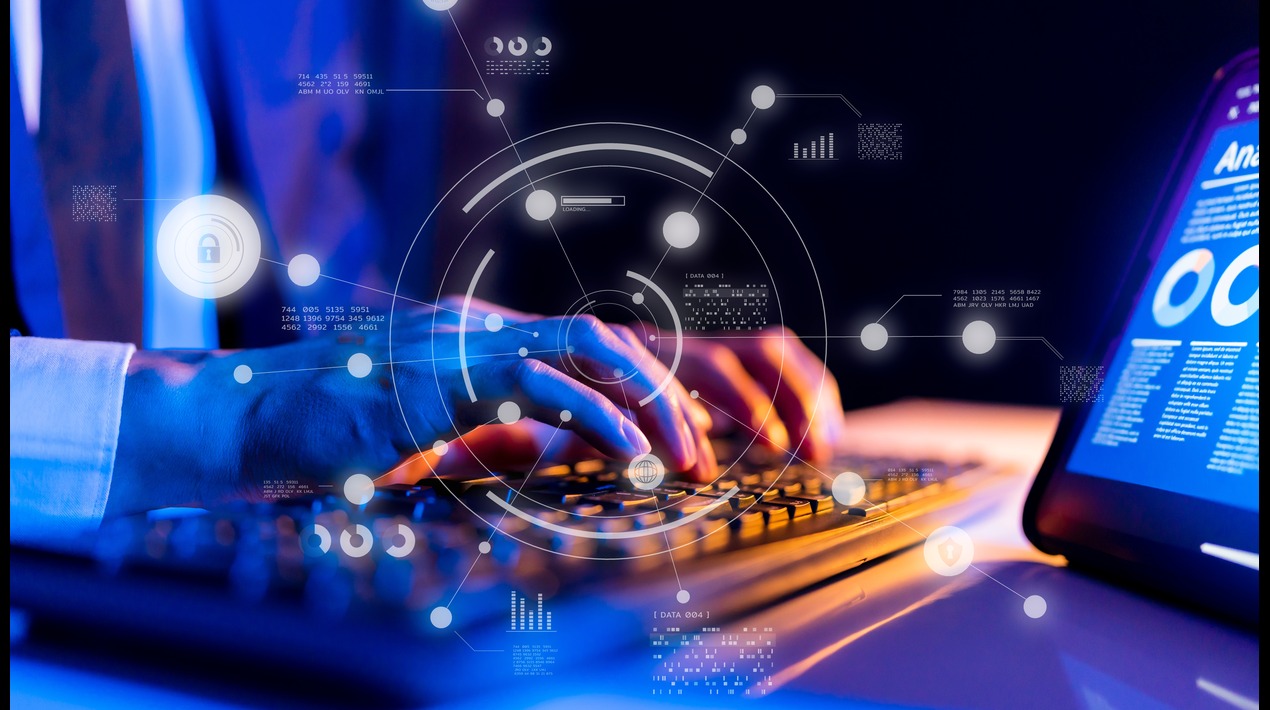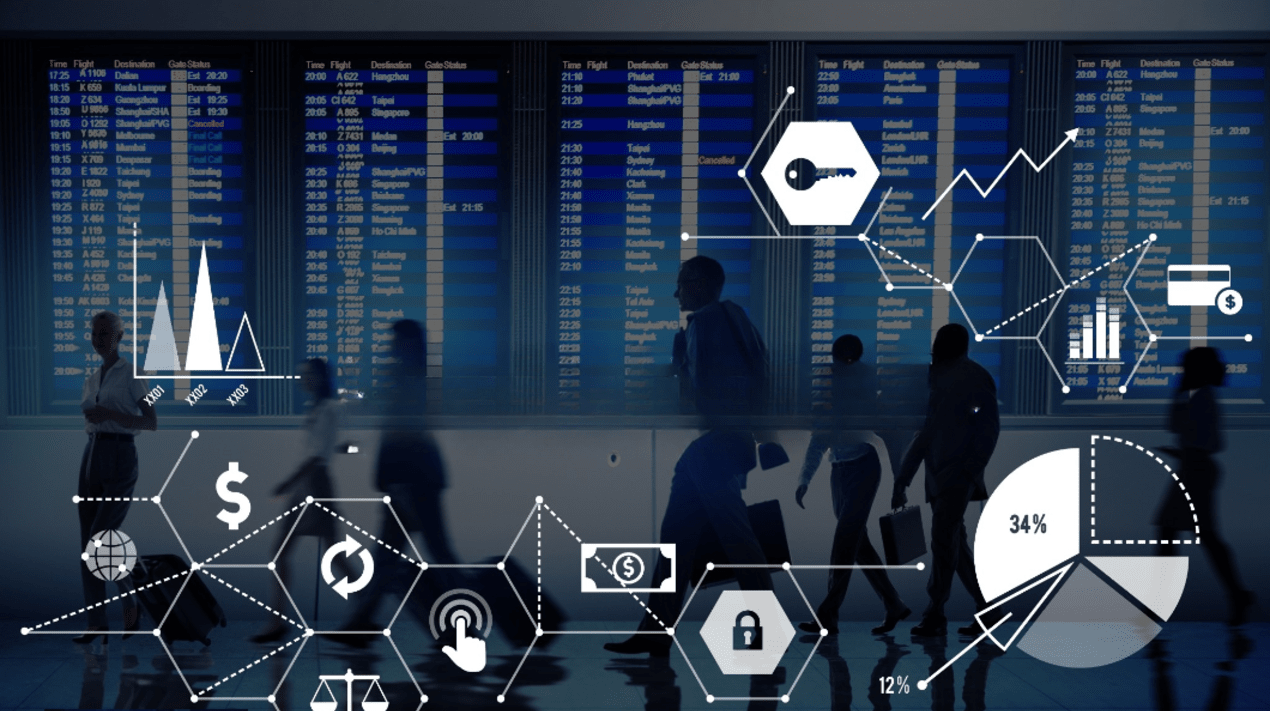
With the aid of technology, law enforcement officials from all over the world come together to join in the fight against cybercrime. The interaction on combating digital crime was organised by Taiwan, Australia, Japan, the U.S. and Slovakia under the Global Cooperation and Training Framework (GCTF) from Taipei City.
Established in 2015, GCTF was established to provide a platform through which Taiwan could contribute to global problem solving and share its expertise with partners across the region. The initiative has taken up various topics in the past years, from rights of Persons with Disabilities (PWDs) to energy efficiency.
This time around GCTF dealt with a pressing issue affecting economies across the world: cybercrime. Jointly organised by the Ministry of Foreign Affairs (MOFA), the Ministry of Justice Investigation Bureau (MOJ), American Institute in Taiwan, Australian Office Taipei, Japan-Taiwan Exchange Association and Slovak Economic and Cultural Office in Taipei (SECOT), the focus was on cyber-enabled and crypto threats.
Nearly 300 law enforcement officials from 32 countries took part in the workshop. The talks focused on best practices to counter cyber financial crimes, share experience and thus build capacity. In keeping with the virtual event, MOJ Minister Tsai Ching-hsiang, MJIB Director-General Wang Chun-li and SECOT Representative Martin Podstavek all delivered pre-recorded opening speeches.
#Taiwan, #US, #Japan, #Australia & #Slovakia are cooperating on combating digital crime. The forces for good staged a #GCTF aimed at beefing up the response to cyber-enabled & #Crypto threats. Our thanks to the near 300 officials from 32 countries for the superb event!
– Ministry of Foreign Affairs official tweet on the GCTF event
Over the years, online-related crimes have grown. The platform that allows people to broadcast from just about anywhere has been taken advantage of by unscrupulous individuals with malicious intent to harm or divest finances. Some experts cast a gloom-and-doom scenario caused by digital malfeasance.
The good news is emerging technologies in ICT can be utilised in the fight against cybercrime. Some of the advantages that technology can bring to organisations all over the planet are:
- With Artificial Intelligence (AI), systems can be developed to search for security flaws and deploy solutions in real-time.
- AI can help cybersecurity analysts to detect and analyse high risks incidents, and to investigate threats.
- Machine learning and artificial intelligence can segregate networks to isolate assets or redirect attackers away from vulnerabilities or valuable data.
Taiwan is definitely taking the lead when it comes to digital transformation. It’s leaving no stone unturned, a phrase its leader used to show how dedicated the country is to achieving net-zero capacity by 2050. Truly, the island nation is approaching digitisation in big strides.
Just recently, its Southern push has reaffirmed Taiwan’s desire for digitisation. It’s all looking good. Not only is it pushing for next-gen computing in quantum but also it’s advocating green technology.





















